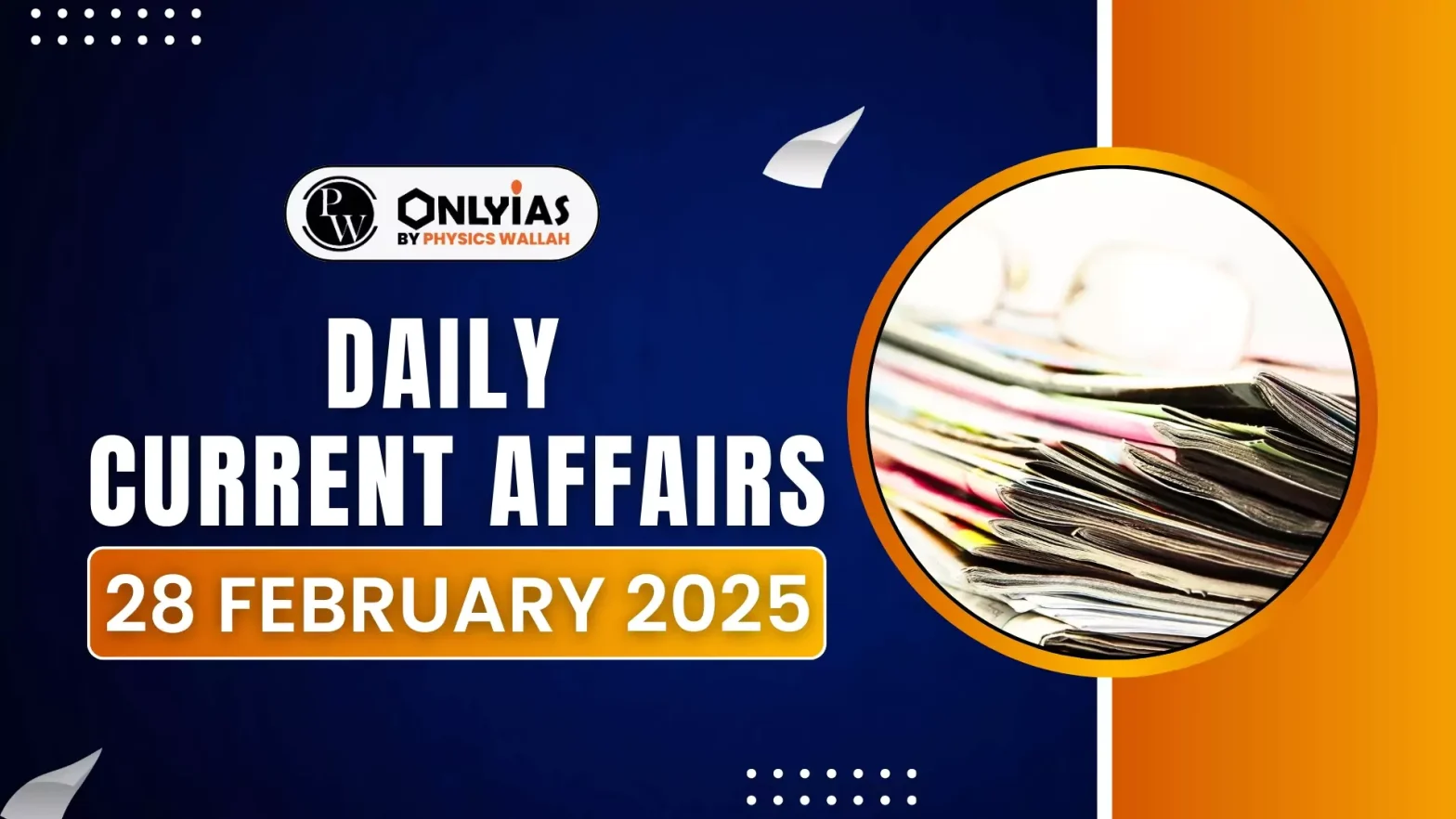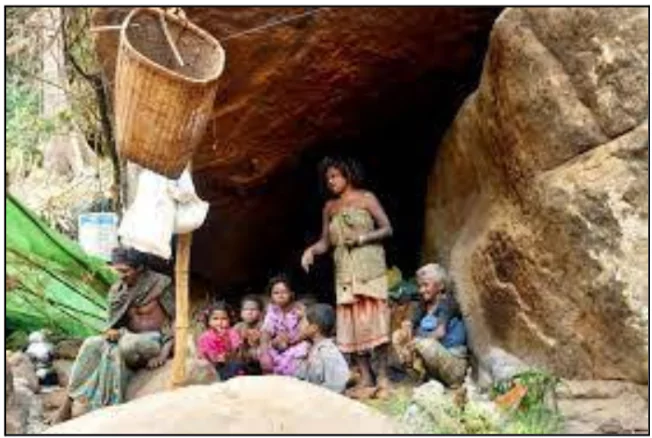![]() 28 Feb 2025
28 Feb 2025

A 12-year-old girl, Meenakshi, from the Cholanaikkan tribe in Kerala, is receiving home-based education despite being bedridden.
 Habitat: They reside in the Nilambur Valley of Malappuram district, mostly in protected forests.
Habitat: They reside in the Nilambur Valley of Malappuram district, mostly in protected forests.<div class="new-fform">
</div>